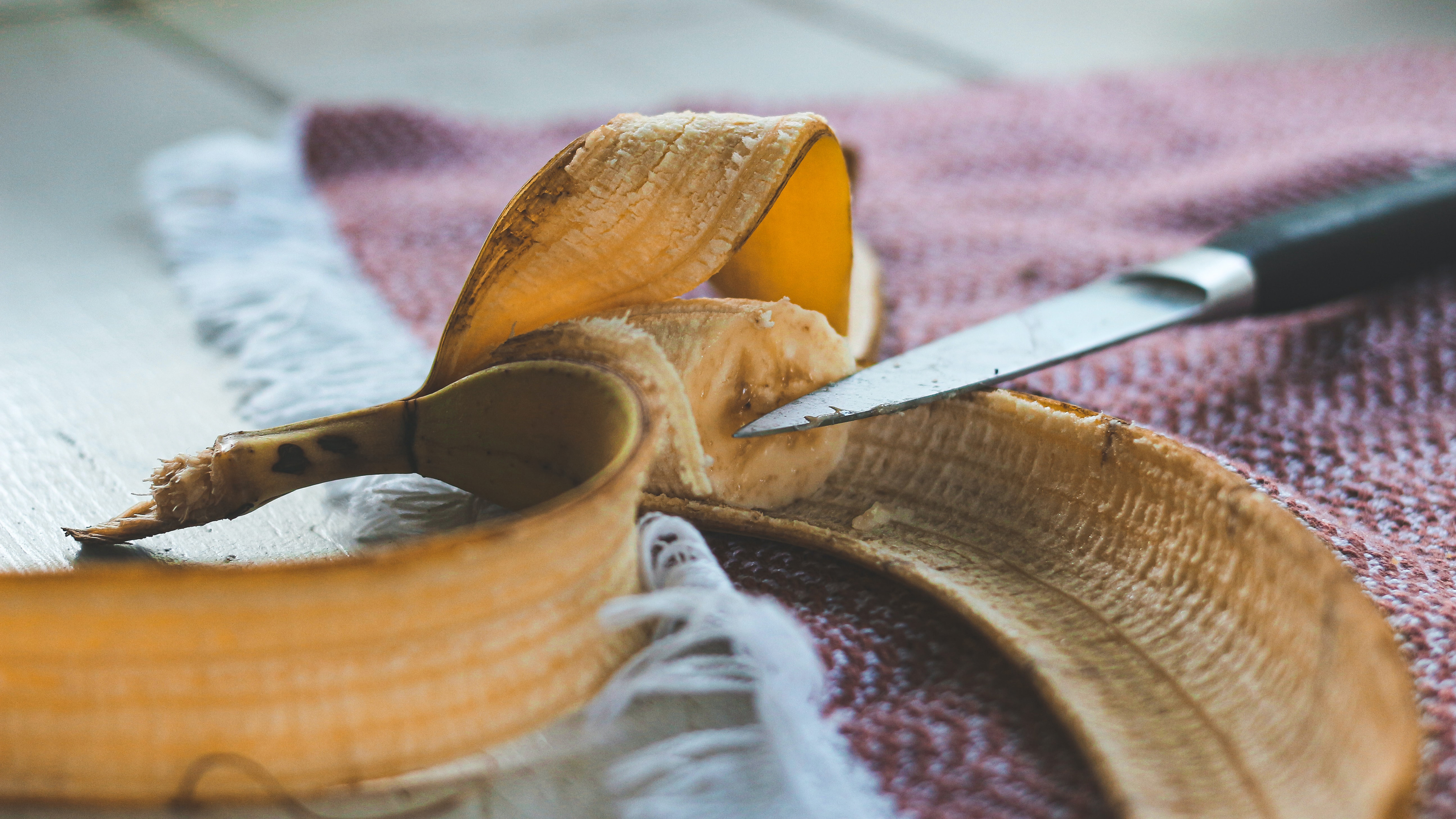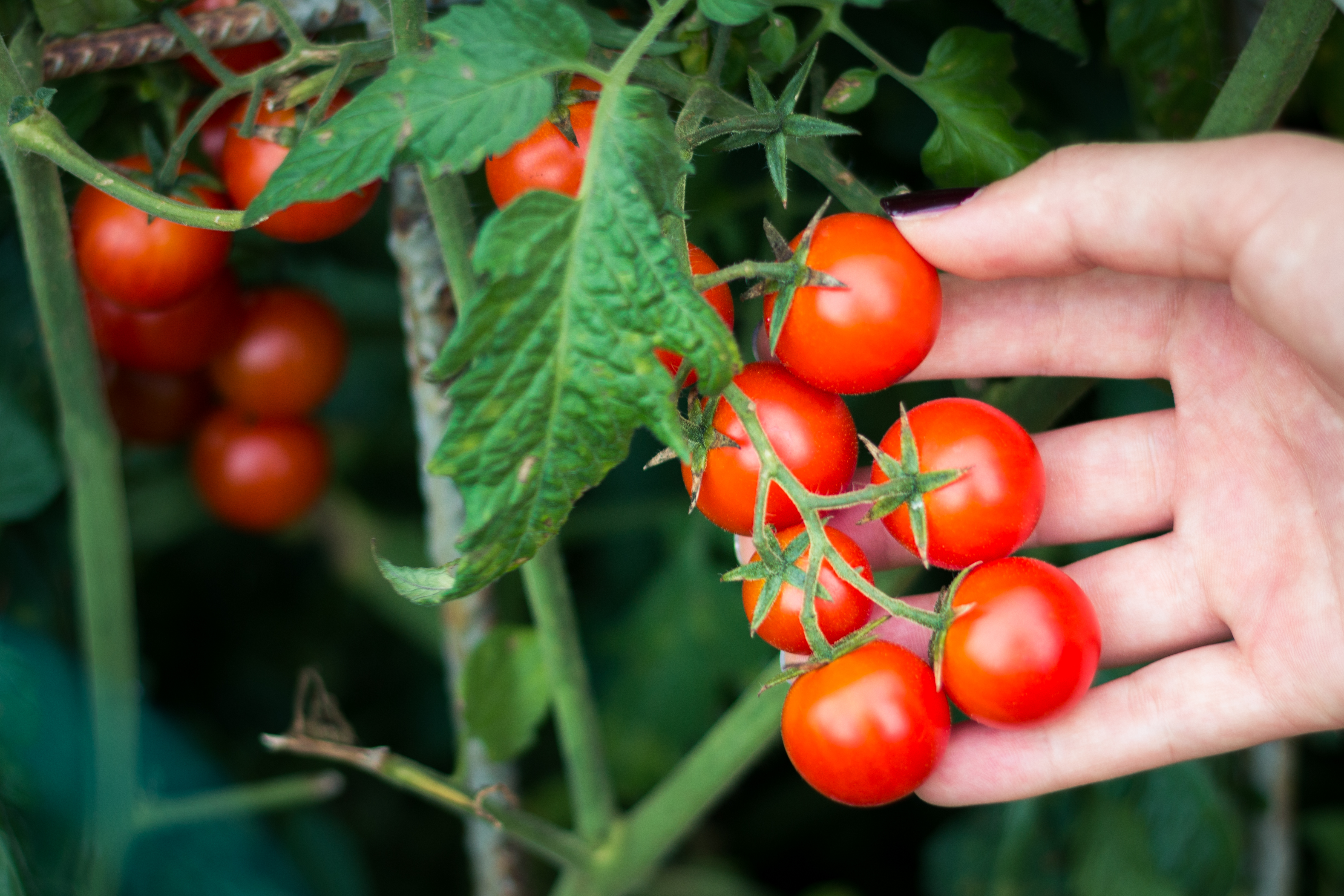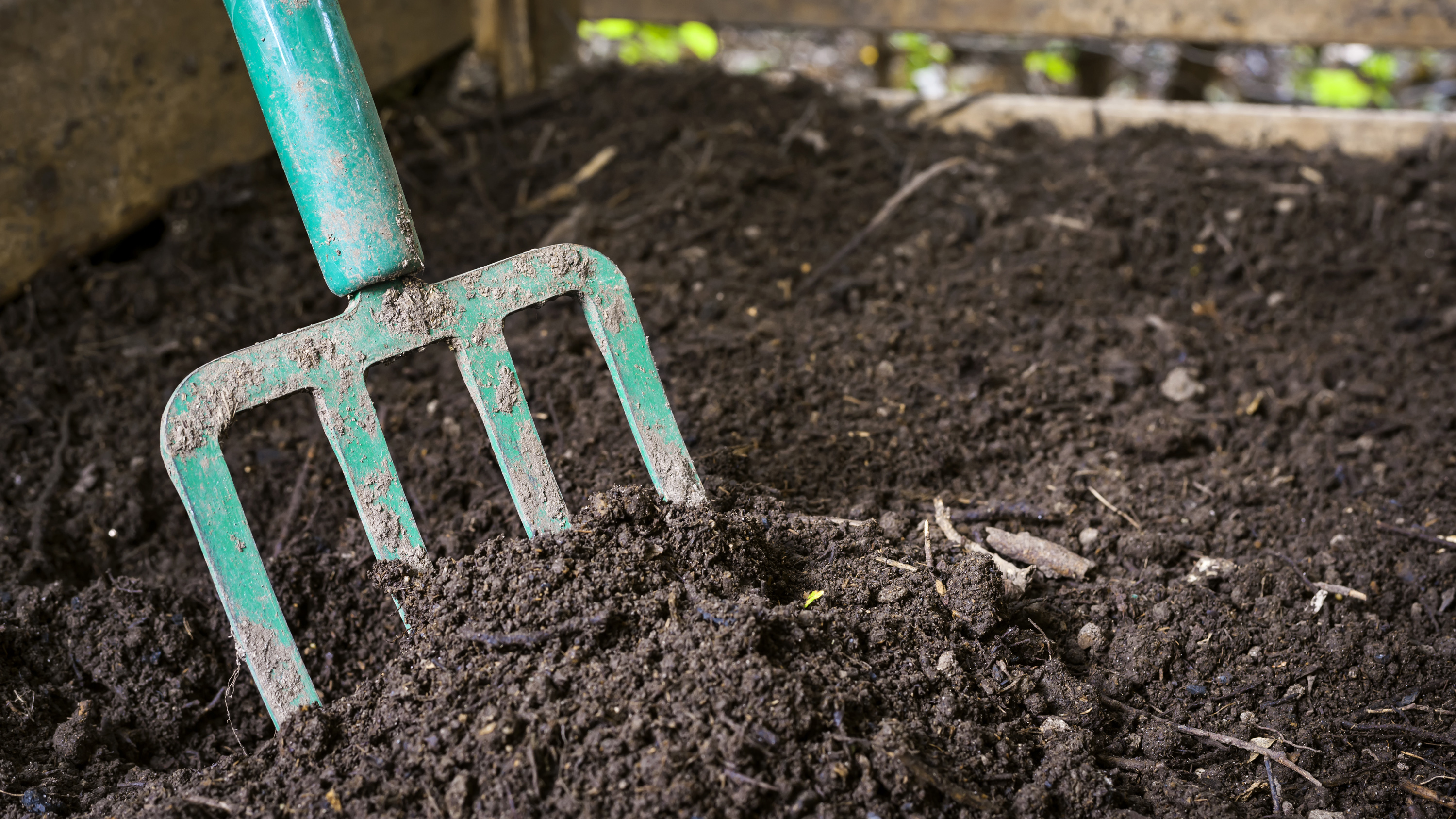Do banana skins work as fertilizer for your plants? These are the pros and cons of using it in your garden
Should you use banana skins on your plants? We explore the benefits and drawbacks of using the popular fruit to feed your plants

If natural fertilizers are your thing, you may have heard of the popular banana skins fertilizer hack. In some areas, people have fertilized their garden plants by laying down banana skins in pots and around their pots for generations and swear that the plants grow faster and healthier. Others prefer to make a banana peel smoothie by mixing the banana skin with water and blending it in a food processor. Still others make a banana peel infusion or 'tea' by leaving the peels in water for a while.
Is banana peel a good fertilizer for your plants? Should your use them as part of your small vegetable garden ideas, or even on your house plants, as some people do? Here are the pros and cons of this popular natural garden hack.
Banana peel fertilizer: the pros

There certainly is something in the claim that banana peel works well is fertilizer, because bananas have a good potassium content. Potassium is an essential nutrient at plant growth stage and is particularly important for fruit and vegetable crops. When you buy fertilizer for your tomatoes, for example, it will always be predominantly potassium.
So, as far as adding potassium to growing plants goes, banana skins can help you plants, although SF Gate recommends you use the peel 'in conjunction with' a complete fertilizer 'to make sure your plants are getting all the nutrients they need.'
Learn how to grow tomatoes in our guide.
Banana peel fertilizer: the cons
So far, so good. So, what might be the cons of using this all-natural ingredient to supplement potassium levels in your plants? Unfortunately, banana skins are irresistible to many insects. Shala Munroe of SF Gate writes: 'You're likely to attract gnats, fruit flies or regular flies, and ants if you have banana peels laying on top of your soil. You can also attract bees. The scent of decaying banana is similar to a defence hormone bees secrete, so a bee that slips into your house is likely to become aggressive near the banana and attack you if you get close.'
You're likely to have the same problems on your patio ideas – not ideal if you were hoping to dine outdoors. Liquefying the banana skins doesn't seem to improve the situation.
Organic living blogger Jen tried the banana skin infusion method for herself: 'Within just a few days, the real problem began. I started noticing little gnats flying around the soil. I’ve had succulents and several other plants in my home for over a year. I’ve had no persistent issues with bugs in my home… until this banana compost tea situation.' Worst of all, the gnats turned out to be fungus gnats – not good news for the plants.
How should I use banana skins in the garden?

You can still add banana skins to feed your garden plants (not your house plants), but the best way to do this is by adding them to your compost. You can learn how to compost in our guide – using decomposed organic matter is always the safest bet in the garden, it's good for plants, and will prevent the pest issues.
Anna writes about interior design and gardening. Her work has appeared in Homes & Gardens, Livingetc, and many other publications. She is an experienced outdoor and indoor gardener and has a passion for growing roses and Japanese maples in her outside space.
